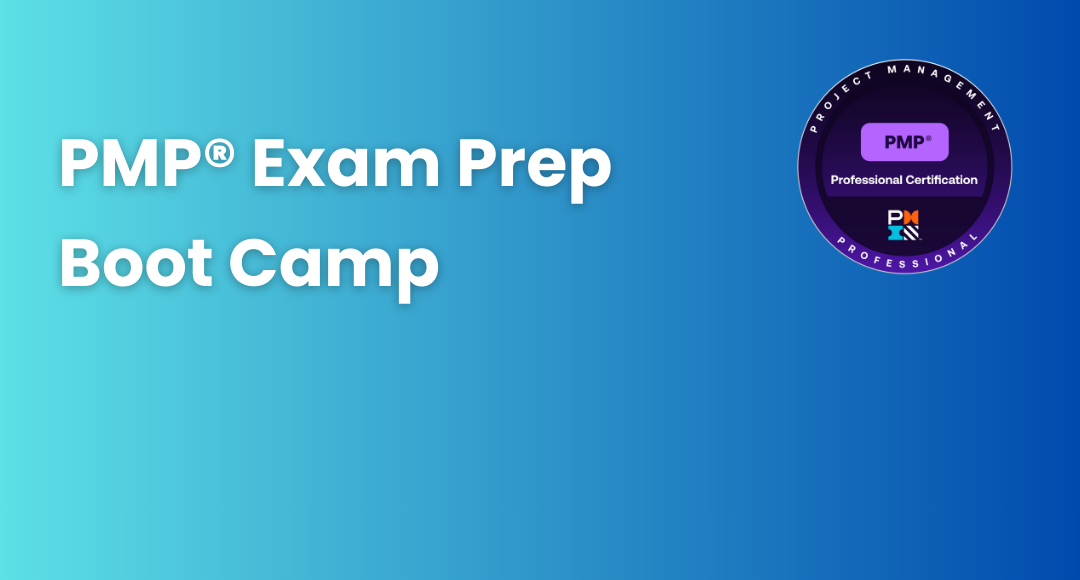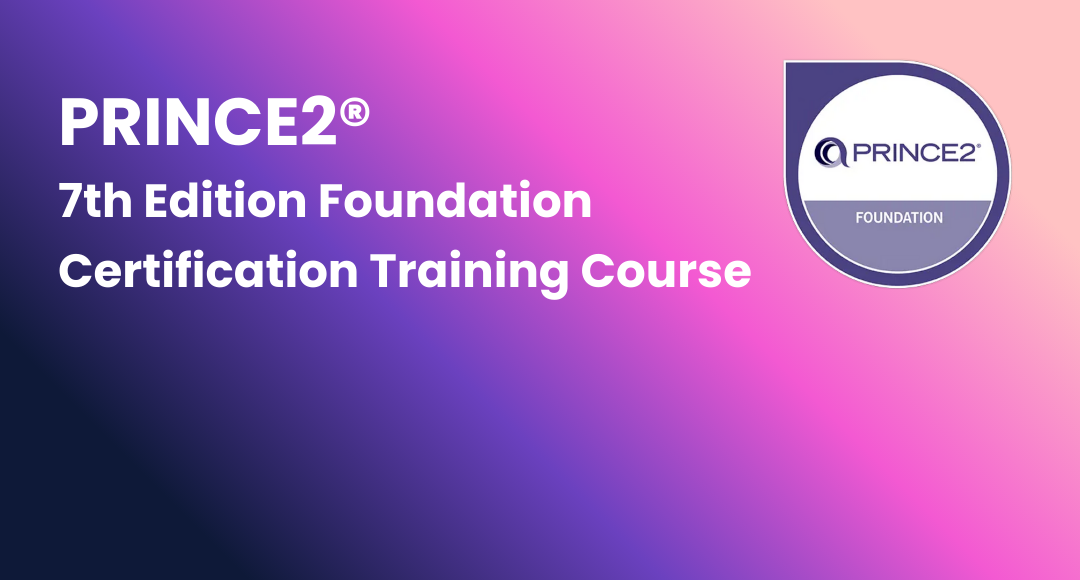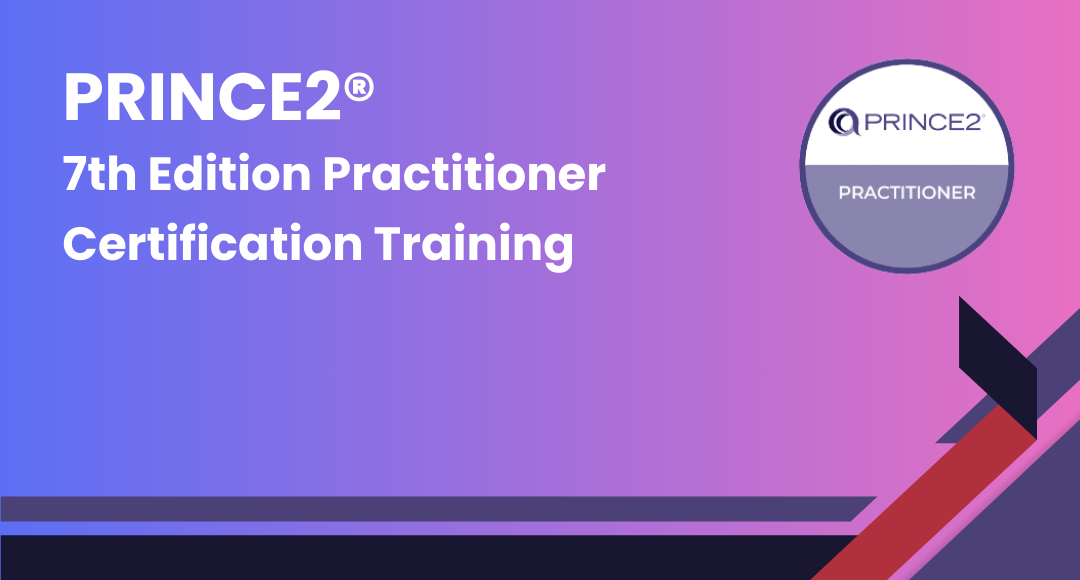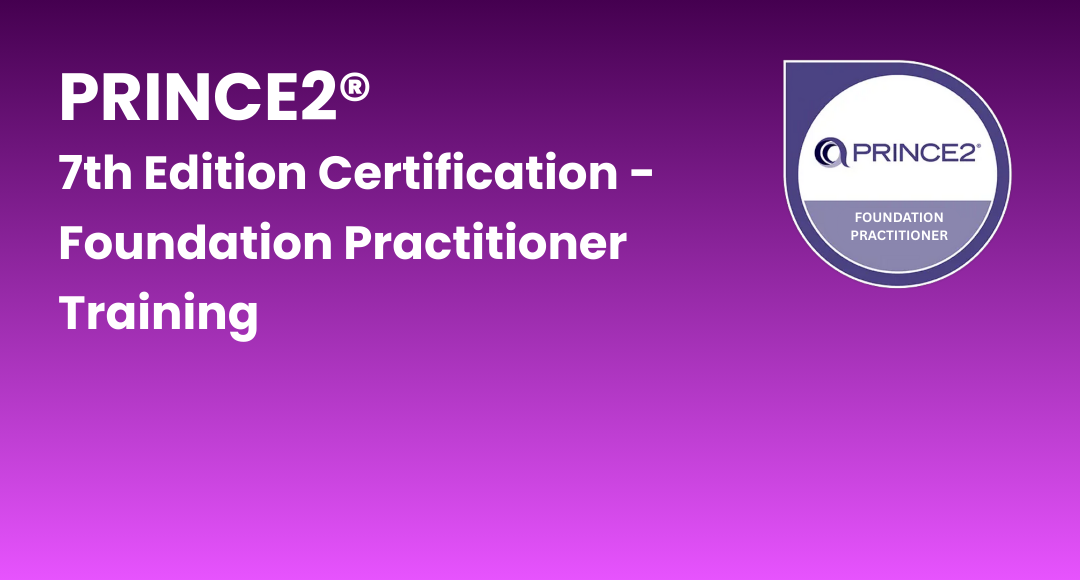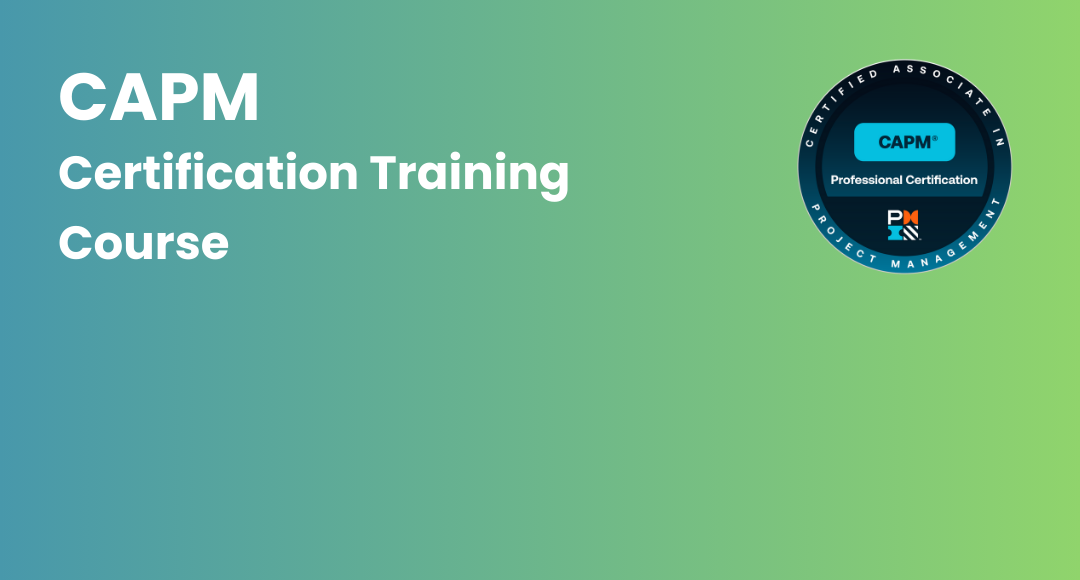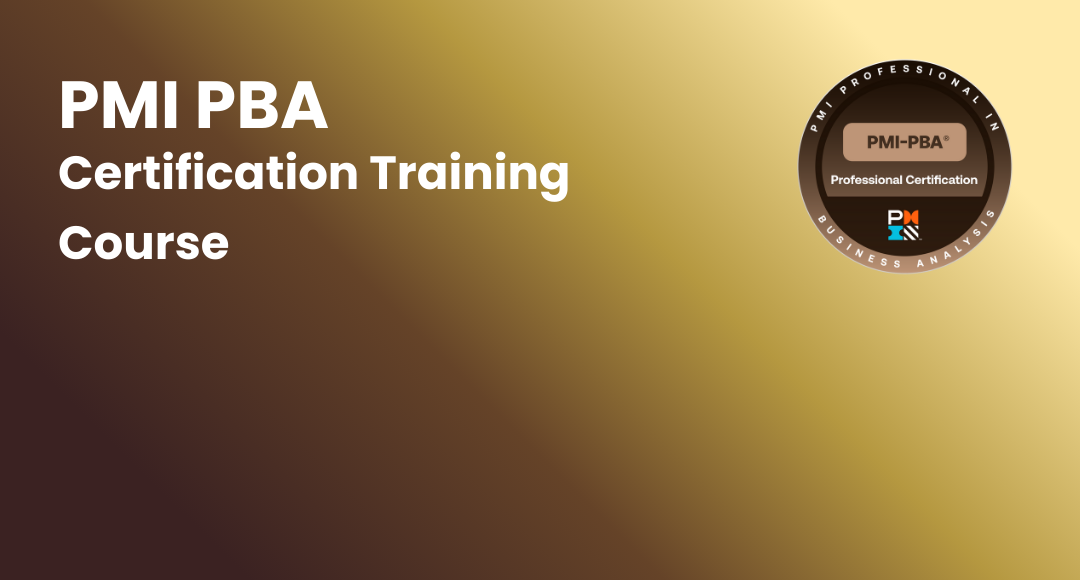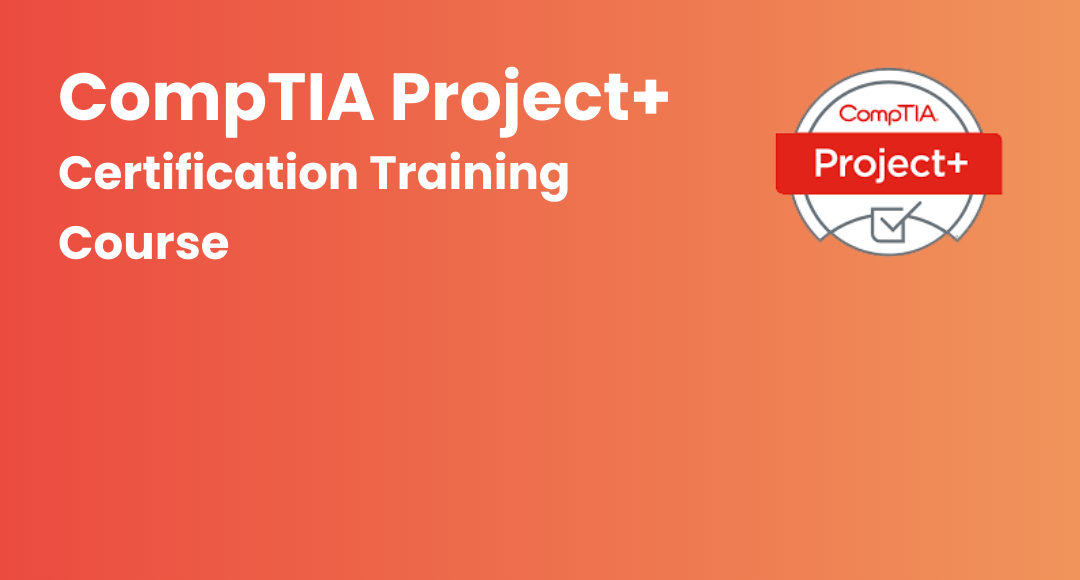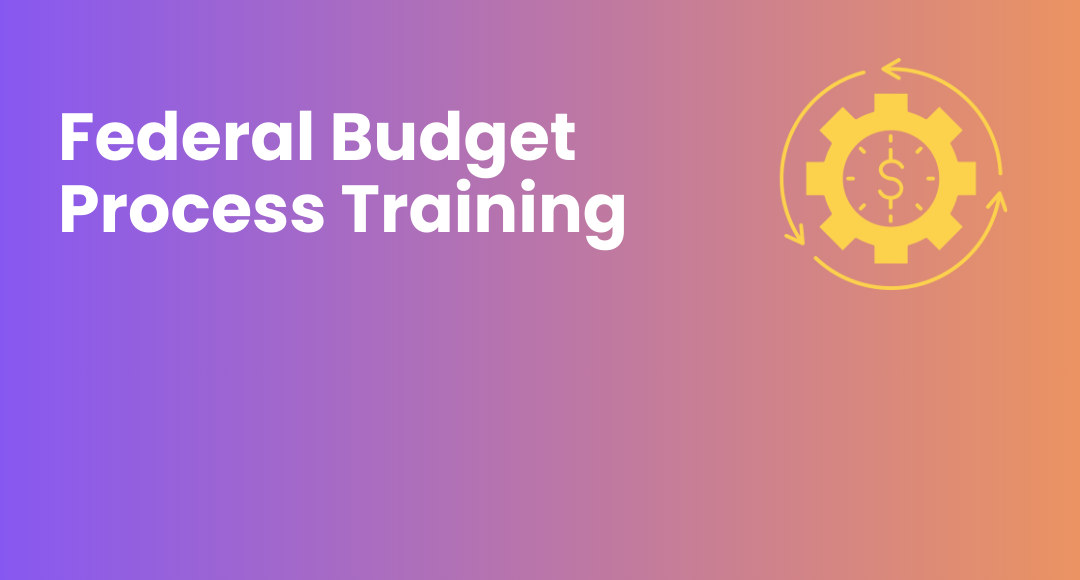How to create an effective project plan
-
 By Nandini
By Nandini - Published on May 28 2024

Table of Contents
HOW TO SUCCESSFULLY CREATE A PROJECT PLAN
Any production process requires the company to have a project plan. It ensures that the teams involved have some idea about what they are working on. Setting clear goals helps the teams to focus on the critical issues that exist in the project itself.
The practice of planning in the initial phase of a project is important to have better project management at different stages of the project. A project plan gives a complete idea of the project flow from start to completion.
This is why managers spend a generous amount of time in making the right project plan. It just so happens that not every person can make the right routine. To make efficient schedules, firms require qualified people who know the essentials for the job.
PMPs and CAPMs are great candidates who fill these important job positions. They utilize their wisdom to make the right plan for producing the deliverable.
RELEVANCE OF PROJECTS AND PROJECT PLANS
Companies need to conduct projects to make products for their clients. Therefore, to ensure that the quality of the products is good enough, the projects have to work in an orderly manner. Project plans and routines go a long way in executing all the important processes without any problem.
Managers need to finish the projects within a certain time limit. They also need to report the progress of the project to the employers. This is only possible if the teams are working with a certain goal and idea in mind. Hence, project plans are very crucial to closing the project on time. The products are very precious to the customers.
HOW DO COMPANIES EXECUTE GOOD PROJECT PLANS?
Companies usually recruit project managers who have the skills to improve efficiency. PMPs and CAPMs know various methodologies, such as Lean and Six Sigma. Therefore, they can plan perfectly for the future of any project lifecycle.
In addition, these employees also employ wastage reduction actions such as Scrum and Agile to get optimal results from all the firm's inputs. All of this helps the firm to design the best possible project plan for their teams.
This adds the most value to a company's profits. The execution also depends on how well each team involved performs and the employer's interest in the progress.
TIPS AND RECOMMENDATIONS ON HOW TO MAKE A GREAT PROJECT PLAN
It is no secret that certified project managers are the best at the job when it comes to designing the perfect project plan. However, if firms want to get the best performance out of their employees, they have to keep certain points in mind.

1) Understanding the Employer's Needs
Every company has different philosophies with which their employees work. Stakeholders govern the ideals and ethics of the company. They play an important role in how their products turn out. Project managers concern themselves with such goals. They embed these ideas into the project plan.
Once the employer's wants are clear to the project manager, the quality of the project plan improves multifold. Although it does not directly improve the efficiency of the project, it influences the quality of the product. It helps in making the product design in a certain way that best signifies what the company stands for.
2) Managing a Team
Project managers need to decide which teams should be involved in a certain project. It highly depends on the expertise of the teams. Once the teams are decided, project managers should make sure they understand their relevant domains.
This keeps track of the inputs required, the processes used, and the outputs provided by each team. These facts are then integrated into a project plan to understand where the employees need to stress. It helps pick the critical parts of the production process.
3) Setting Goals
Each project has certain goals to cover. These mark important successes and the end of different phases in the project. Project managers need to identify these goals and make them obvious in the project plan. Team members take note of them and work harder to reach these goals within the assigned time.
Employers also notice them to see how fast a project is moving forward and how much of the project plan has been completed. It does not leave any room for the omission of tasks. The risk of rogue tasks is also reduced.
4) Defining the Product
Project teams should have a clear picture of the product in their mind before executing the plan. This is because projects need to understand the resources they require beforehand. A proper design helps teams offer their services in the best possible manner to make the product.
Without a rough design, it becomes harder to understand what the product's purpose is. This not only hampers the quality but also affects customer satisfaction. Every product should have some uses. It should deliver on its promises. Otherwise, it becomes hard for the management to sell it.
5) Scheduling the Project
Making the perfect schedule is also an important part of planning a project. It means the manager has to understand the pace of every department. Some teams need adequate time to efficiently carry out their tasks.
Similarly, easier steps should be given less time so that there are no unnecessary activities. Project managers should consult all teams to understand their expertise, and their specific tasks, and refer to the plan. In the end, without any schedule, it is impossible to finish the project within the specified deadline.
6) Handling the Resources
If the inputs are not taken care of, the project is bound to fail. Managing resources not only involves transporting them to the teams that require them but also paying attention to their costs. A costly input will weigh a lot more on the team's budget. Therefore, project leaders should be aware of what the prices are in the market.
They should analyze all the changes and make the best possible choice for the purchase. Adequate sharing of the resources to the teams is also essential. Shortage costs much more since it takes time to get more inputs and look for substitutes.
7) Risk Assessment
All projects have a certain risk factor for them. Project managers should be vigilant about these threats because they can deeply affect progress. Risk analysts should be employed to go through the project plan and procedures used by teams. Their reports help the employees cover all the loopholes in their strategy.
It also allows the managers to inform the stakeholders about where the project requires additional investment. Risk analysis can also point to faulty mechanisms, inputs, and tools. Firms can then make the necessary changes and avoid all kinds of failure.
8) Problem Handling
Having detected all the risks involved in a project plan, it is time to eliminate them. Project managers should employ personnel who have the skills to take care of the issues. They can also take action on their own after proper consultation with analysts and their employers.
Budget issues should be audited and accounted for. Relevant agencies take care of the transportation problems. Resource management anomalies should be referred to as project managers and team leaders. Accountability is the key to mitigating problems that hamper the progress of the project plan.
9) Presentation
Presentations are important because they help the firm's stakeholders see how the project is progressing. Specifically, they help to keep a visual track of how the project plan is being implemented. Therefore, management spends a significant amount of time making easily comprehensible presentations for employers.
Charts and graphs can convey long sheets of information much quicker, and employees should make use of these tools to improve their reporting skills. This stands true for project managers as well. Many variables such as project progress, cost efficiency, and lifecycle risk factors are best conveyed through a presentation.
10) Feedback
Opinion matters a lot when it comes to executing a project plan. Since a project is not something that is done by a single person. Many people come together to aggregate inputs and make something practical out of them. Hence, it makes sense that the thoughts of all these people are taken into account.
Every successful project manager should talk to their colleagues about their needs, ideas, and plans for the project. They should also consider customer complaints and recommendations to improve the final deliverable. Product surveys go a long way in achieving this step.
The value of the project is known by how happy a customer is by using it. It needs to have some applicability and some compatibility with the problem they are facing. The project plans to take care of this specific problem by understanding what the client wants and needs. The clarity of these goals helps the company make the perfect product design. However, after completion of the project, it is entirely up to the user to how they use it and review it.
All the steps mentioned above contribute to perfecting the art of designing an exceptional project plan. Even though most project managers understand the importance of a good plan, most of them do not know how to go about making one. It is essential to note these points so that a project can be successful in delivering on the expectations of the customer.
If you are planning to handle large-scale projects working in project management, or leading a project team, we have a piece of valuable advice for you.
Get certified to enhance your project management knowledge and credibility
Take up the PMP Certification Training and get certified by PMI - Project Management Institute. It is a globally recognized certification that'll drastically bring great changes in your project management career.
Get PMP Certification Training - Online, Live Online and Classroom Training
Sprintzeal offers training for popular project management courses like PMP, CAPM, PRINCE2, and others. We are a REP (Registered Education Provider) of PMI, the governing body for project management certifications.
Subscribe to our newsletter to stay up to speed on the latest industry insights and trends from Sprintzeal's blogs, contact us to get full details about the best project management certifications.
Suggested Resource – How to do Project Feasibility – Explained in 7 steps
Suggested Read – Best Project Management Certifications in 2020
Subscribe to our Newsletters
Popular Programs
CAPM® Certified Associate Project Management
Live Virtual Training
- 4.5 (962 + Ratings)
- 28k + Learners
Trending Posts
Project Management Complete Guide 2024
Last updated on Jan 6 2023
Smarter Projects with AI
Last updated on Sep 18 2025
Kanban Methodology in Project Management – A Complete Guide
Last updated on Jun 20 2024
Beats to Business: Spotify's Project Management to Redefine Music
Last updated on Dec 11 2024
Project Resource Management Guide
Last updated on Aug 10 2022
Product Management Frameworks - The Ultimate Guide 2024
Last updated on Oct 25 2022
Categories
- Other 66
- Agile Management 56
- Cloud Computing 51
- Project Management 170
- Big Data 58
- Business Management 82
- Digital Marketing 73
- IT Service Management 29
- Programming Language 50
- AI and Machine Learning 68
- IT Security 109
- Quality Management 77
- IT Hardware and Networking 25
- Microsoft Program 4
- Workplace Skill Building 12
- Risk Management 9
- Information Security 8
- Leadership and Management 7
- Corporate Training and Development 1
Trending Now
Issue Log in Project Management - Uses and Importance
ArticleSupply Chain Response And The Factors Involved In It
ArticleBest Agile tools for Project Managers in 2024
ArticlePMI-PMP® Exam Changes Explained in 5 Minutes
ebookProject Initiation Phase - Importance and Roles Involved
ArticleDelphi Technique and Its Role in Project Management
ArticlePMBOK Guide and Project Management Certification Updates 2024
ArticleHow to Use Google Calendar as a Project Management Tool
ebook10 Reasons Why You Should Get PRINCE2 Certification
ArticleCAPM Cheat Sheet 2024
ArticleCAPM Certification Study Guide
ArticleCAPM Certification Exam Preparation Guide 2024
ArticleTop Benefits of CAPM Certifications
ArticleGuide to Advancing Project Management Career with PMP Certification
ArticlePMP Vs PRINCE2 - Which Project Management Certification is Better?
ebookProject Management Interview Questions and Answers for Managers
ArticleProject Management Software to Use in 2026
ebookBest project management certifications in 2026
ArticleProject Feasibility Study in Seven Steps
ArticleCAPM vs PMP – Which Project Management Certification Is Better?
ArticleProject Scope Management Guide 2024
ArticleProject Management Complete Guide 2024
ArticleCAPM Exam – Difficulty, Details and Preparation Tips
ArticleWhat is Project Management?
ArticleIs it worth getting the CAPM certification?
ArticleIs PMP Better than MBA?
ebookWhat is PMI ACP certification?
ArticleIs PMP exam difficult?
ArticleIs PMI ACP worth it?
ArticlePMP or CAPM – which is better?
ArticleWhat is pass percentage for the CAPM exam?
ArticlePMP or PMI ACP – which certification should you get?
ArticlePMP Certification Cost Details
ArticleHow to get PMP certification - Guide 2025
ArticleTop Project Manager Interview Questions and Answers 2024
ArticleGuide to Change Management for Organizational Transformation
ArticleResource Manager Interview Questions and Answers 2024
ArticleTop Project Manager Qualifications and Career Path in 2024
ArticleNetwork Diagram - Types, Topology and Use in Project Management
ArticleProject Management Life Cycle and Its Phases
ArticleGuide to Project Management Processes, Methodologies and Lifecycles
ArticleProcess Capability Analysis Explained
ArticleFinancial Risk and Its Types
ArticleConstruction Project Management - Roles, Stages and Benefits
ArticleRisk Management Strategies in Project Management
ArticleProject Management Principles - 12 Essentials
ArticleProject Management Framework Guide
ArticleStrategic Management Guide 2024
ArticleProject Management Books List - Best of 2024
ArticleProject Documentation and Its Importance
ebookProject Management Tips - Best of 2024
ArticleProject Management Apps Best of 2024
ArticleDigital Project Manager – Skills, Salary, and Scope
ArticleProject Communication Plan – How to Create and Use
ArticleEarned Value Management and Its Significance
ArticlePlanning Poker Estimation Technique
ArticleProject Management vs Product Management
ArticleProject Crashing in Project Management
ArticleProject Controlling and its Importance in Project Management
ArticleProject Report and its Significance in Project Management
ArticleEstimate at Completion - Formulae and Calculations
ArticleProject Cost Management Guide 2024
ArticleProduct Lifecycle Management
ArticleProject Portfolio Management Guide
ArticleProgram Manager vs Project Manager - Comparison of Roles and Careers
ArticleWBS Dictionary - A Beginner's Guide
ArticleStakeholder Analysis and Stakeholder Management Guide
ArticleProject Management Phases Explained
ArticleProject Management Knowledge Areas
ebookLeadership Theories for Managers
ebookPMP Pass Rate in 2024 - Guide to Clear the PMP Exam
ebookProject Schedule Management Guide for Beginners
ebookProject Integration Management Guide
ArticleProject Risk Management Guide
ArticleProject Resource Management Guide
ArticleProject Quality Management Guide
ArticleProject Procurement Management Guide
ArticleProject Deliverables in Project Management
ebookConflict Resolution in Project Management
ebookPERT vs CPM in Project Management
ebookGantt Charts - The Ultimate Guide
ebookWork Breakdown Structure in Project Management
ebookTop Gantt Chart Makers in 2024
ebookGantt Chart Tools - Best of 2024
ebookHow to create a work breakdown structure
ebookProject Manager Resume Guide – Best Tips and Examples
ebookProduct Management Frameworks - The Ultimate Guide 2024
ebookProduct Planning - A Beginner's Guide
ebookWhat is Product Management? - A Beginner's Guide
ebookGuide to Project Stakeholder Management
ebookPMP® Certification Salary: Job and Salary Scope in 2024
ebookTop Project Engineer Skills
ebookGuide to Technical Project Management
ebookTop 10 project management competencies
ebookNegotiation in Project Management: The Utimate Guide
ebookTime Management in Project Management - Steps to Implement it
ebookTop Program Manager Skills of Successful Program Managers
ebookA Brief Guide to Conflict Management Approaches
ebookWhat is a Risk Management Plan? A Comprehensive Guide
ebookWorkflow Diagram - Steps to Create, Symbols, Types, and Uses
ebookBest Practices to Measure Resource Utilization
ebookWorkload Management: How to Optimize Your Team’s Workload?
ebookWhat is Project Execution? A Comprehensive Guide
ebookProject vs Program Management: Key Differences
ebookKanban Methodology in Project Management – A Complete Guide
ebookHybrid Project Management Guide 2024
ebookProject Characteristics: Key Elements in a Project
ebookThe Ultimate Guide to the Waterfall Methodology in Project Management
ebookProject Budget: Definition, Overview & How to Create One
ebookThe Ultimate Project Kickoff Meeting Guide
ebookProject Timeline: How to Build One, Definitions, and Examples
ebookProject Scope Statement: How to Write One With Example
ebookStatement of Work in Project Management Guide 2024
ebookProject Management in Product Development : Essential Role
ebook10 Best Change Management Tools to Use
ebookMastering Resource Scheduling to Unlock Project Success
ebookProject Risk Analysis: Tools, Templates & Best Practices
ebookHow to Write a Project Summary: Four Easy Steps
ebookTop Leadership Skills: Mastering the Art of Effective Leadership
ebookHow to Write a Project Descriptions: A Step-by-Step Guide
ebookWhat is Project Monitoring? A Comprehensive Guide
ebookWhat Are Project Fundamentals? A Quick Guide
ebookKanban Board: A Detailed Guide to Understanding and Usage
ebook10 Effective Management Styles for Leaders (With Real-Life Examples)
ebookProduct Manager Career Path: What to Expect
ArticleCareer Path for Program Manager - Strategic Navigation for Professional Growth
ebookExploring Career Path for Product Owner
ebookAn Ultimate Guide to Project Coordinator Career Paths
ebookHow to Become an ISO 21502 Lead Project Manager
ArticleWhat are the Basics of ISO 21502 Foundation? A Brief Guide
ebookThe Role and Responsibilities of an ISO 20400 Lead Manager
ArticleEnergy Saving Standards and ISO 50001 Best Practices
ebookComparing Different ISO Certifications for Project and Energy Management
ebookGuide to ISO Certifications for Effective Project and Energy Management
ArticleWhy ISO 50001 is the Perfect Match for Energy Efficiency?
ArticleAI Tools for Project Managers: A Game Changer for Project Success
ArticleAbout Disney’s Project Management: Where Magic Gets Real
ArticleMcDonald's Recipe to Success - A Perfect Project Management Case Study
ArticleToyota’s Project Management: A Road to Greatness and Innovation
ArticleNetflix's Binge-Worthy Project Management
ebookUnder Armour’s Project Management Approach
ArticleWipro Project Management: Core Lessons from Tech Giant
ArticleProject Management at Google: Tools and Success Stories
ArticleCoca-Cola Project Management Strategy and Key Insights
ArticleAI in Project Management: Transforming the Future of Work
ArticleBehind the Scenes: How Apple Executes Projects with Flawless Precision
ArticleTesla's Advanced Project Management: Accelerating the Future
ArticleBeats to Business: Spotify's Project Management to Redefine Music
ArticleTop AI Project Management Software to Elevate Your Workflow
ArticleProject Management Office: Step-by-Step Guide to Start a PMO
ArticleWhat is a Project Management Information System?
ArticleHow Microsoft Balances Innovation and Project Management?
ArticleWhat is Agile Project Management? A Beginners Guide
ArticleIKEA Project Management: What to Learn and Stay Competitive
ArticleHow Did Nike Become a Global Leader?
ArticleIntel's Master Project Management Formula
ArticleSamsung Pioneer in Project Management: The Secret Behind It
ArticleAmazon Logistics Strategies That Dominate Retail
ArticleRemote Project Management Success: Key Strategies and Career Opportunities
ArticleStreamlining Workflows: The Best Digital Tools for Professionals
ArticleUnderstanding the Financial Risks in Sponsorships and How to Avoid Them
Article3 Real Disasters That Teach Critical Project Risk Planning Lessons
ArticleInterview scheduling automation: Streamlining the candidate experience
Article3 Quality Gaps That Can Ruin Your Project Outcomes
ArticleBest 4 Construction Drawing Management Tools to Boost On-Site Efficiency
ArticleEssential Jira Interview Questions for 2025
ArticleProduct Development Cycles That Keep Innovation on Schedule
ArticleSmarter Projects with AI
ArticleLegal Project Management for PMs: A Practical Starter Guide
Article
